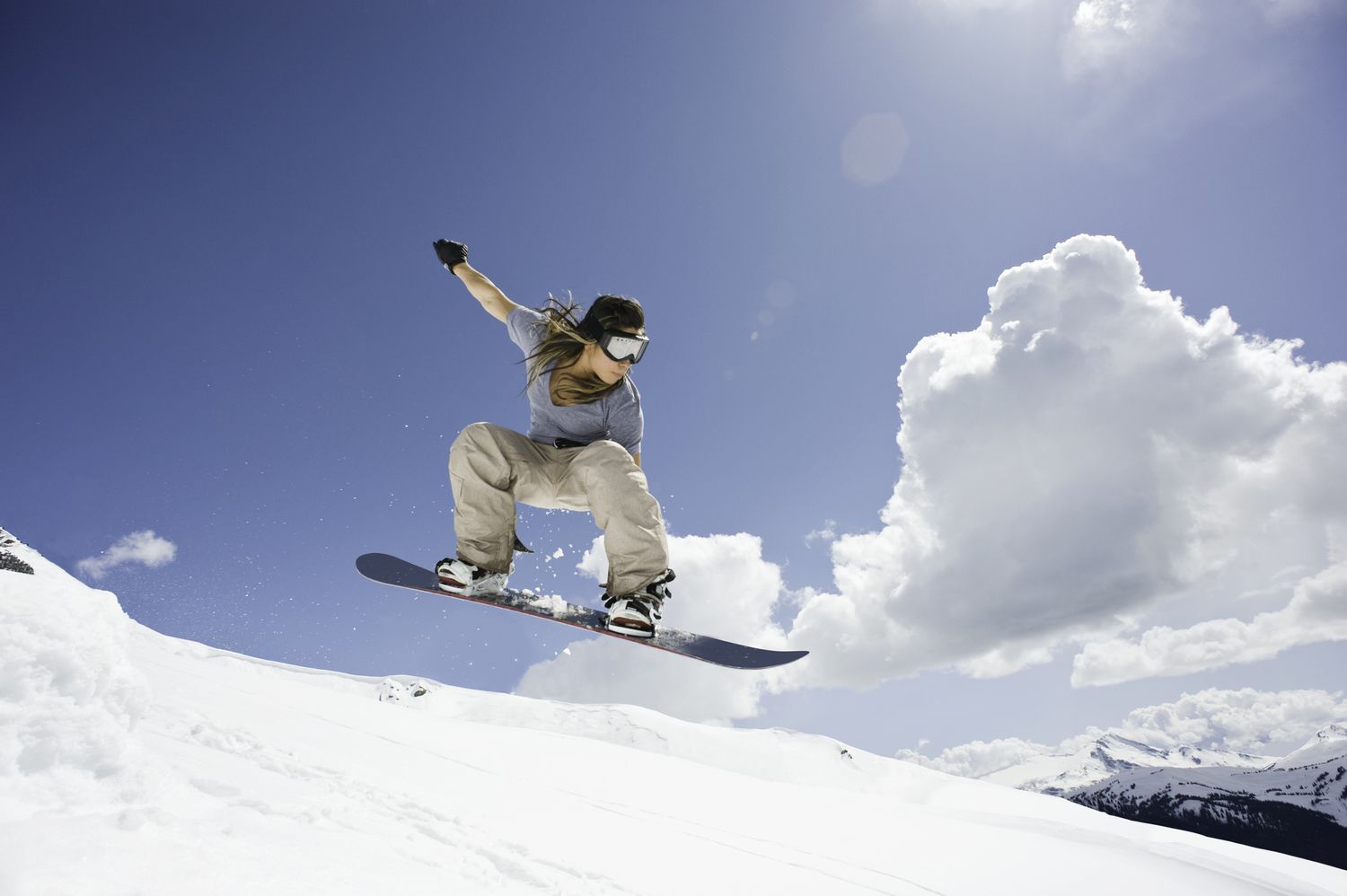
Snowboarding is a winter sport that has gained immense popularity over the years. It is an exhilarating and thrilling activity that involves riding on a board down a snow-covered slope. However, there are different styles of snowboard riding, each with its own unique characteristics and techniques. In this article, we will explore the different types of snowboard riding styles.
Freeriding
Freeriding is the most popular style of snowboarding. It involves riding down a mountain slope, focusing on speed, carving turns, and jumps. Freeride snowboards are designed to be versatile and can handle different types of terrain, from groomed runs to powder. Freeriding is perfect for those who enjoy the thrill of high-speed downhill runs and exploring the mountain.
Freestyle
Freestyle snowboarding is all about tricks, jumps, and terrain park features. This style of snowboarding involves riding on man-made features such as rails, boxes, and jumps. Freestyle snowboarders use their boards to perform tricks such as spins, flips, and grabs. Freestyle snowboards are generally shorter and softer than freeride boards, allowing for more flexibility and maneuverability.
Splitboarding
Splitboarding is a backcountry snowboarding style that involves using a special snowboard to travel uphill. Splitboards are designed to split in half, allowing the rider to attach skins to the bottom of each half and climb up the mountain. Once the rider reaches the top, they can reattach the halves and ride down the mountain. Splitboarding is a great way to explore untracked backcountry areas and find fresh powder.
Alpine
Alpine snowboarding, also known as carving, involves making precise turns on a groomed run. Alpine snowboards are longer and narrower than freeride boards, and the rider wears hard boots. Alpine snowboarding is all about speed and precision, with riders making long, arcing turns down the mountain. This style of snowboarding requires a lot of skill and practice but can be incredibly rewarding.
Boardercross
Boardercross is a racing style of snowboarding that involves riding down a course with jumps, berms, and other obstacles. Boardercross courses are usually set up with four riders at a time, racing against each other to the finish line. Boardercross snowboards are stiffer and more responsive than freeride boards, allowing for quick turns and jumps. This style of snowboarding is great for those who enjoy the competitive aspect of the sport.
Powder
Powder snowboarding involves riding in deep, untouched snow. Powder snowboards are wider and longer than freeride boards, providing more surface area for floatation in deep snow. Powder snowboarding requires a different technique than other styles, with riders leaning back on their boards to stay afloat. Riding in powder can be incredibly exhilarating, with the feeling of floating on top of the snow.
Backcountry
Backcountry snowboarding involves exploring untracked areas of the mountain away from the resort. Backcountry snowboarders use splitboards to climb up the mountain and then ride down in fresh powder. Backcountry snowboarding requires knowledge of avalanche safety and the use of specialized equipment such as avalanche beacons, shovels, and probes. This style of snowboarding can be incredibly rewarding but also carries significant risks.
In conclusion, snowboarding is a diverse and exciting sport with a variety of riding styles to choose from. Each style offers its own unique challenges and rewards, from the high-speed downhill runs of freeriding to the precision turns of alpine snowboarding. No matter which style you choose, snowboarding is a great way to enjoy the winter season and explore the mountain.

